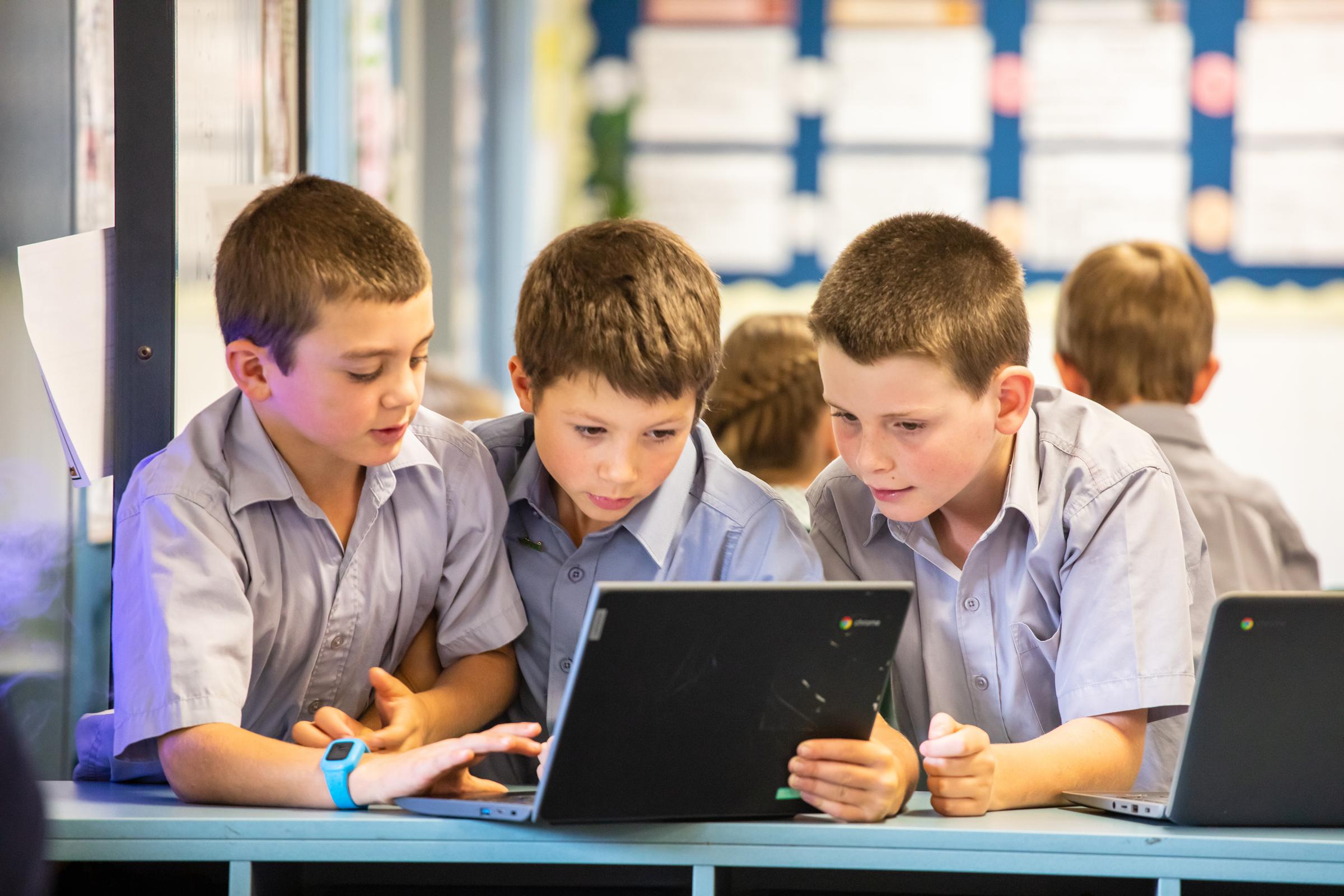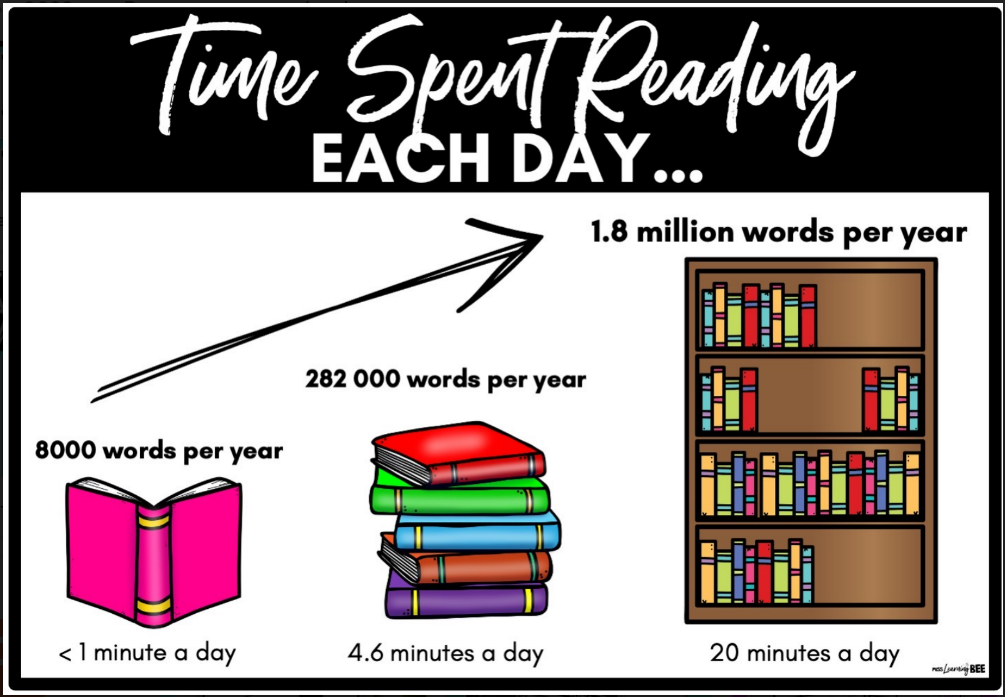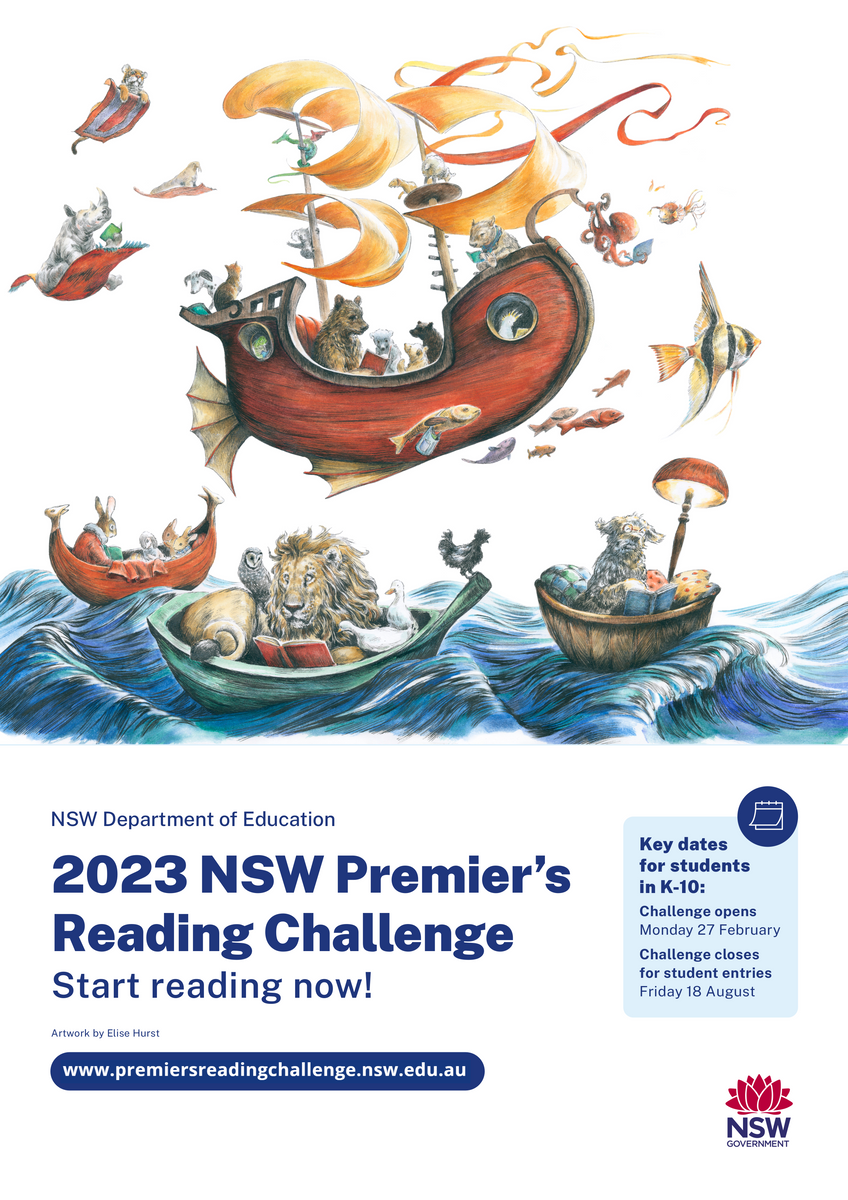A Look at Learning

Australian Mathematics Competition 2023
Last week, 16 students in our Year 3-6 class registered to participate in the Australian Mathematics Competition. The students sat the online component of the Maths Comp this year and were able to show their talented problem solving skills in a test with 30 questions. Students were required to answer questions from a range of different Maths topics and apply reasoning and logic skills to solve solutions to some very tricky problems.
Congratulations to all of the students who participated in this year's competition. You all worked very hard on the questions posed to you and managed your time very well. Looking forward to seeing how our students performed when we receive the results back in Term 4.
Waste Art Gallery
We are thrilled to invite you to an exciting and eco-friendly event - our Waste Art Gallery at St Mary of the Angels. Our young artists have been hard at work, turning everyday waste into stunning masterpieces! The gallery showcases their creativity and commitment to environmental sustainability. Join us on Wednesday 23rd August, available for viewing during the morning sessions, prior to recess to witness the beauty of their creations and be inspired by their ingenuity in transforming discarded materials into art. Your presence and support will encourage our students to continue their journey towards a greener future. Let's celebrate their efforts together and be amazed by the power of imagination and recycling. We can't wait to see you there!
Tips for parents; From Mrs Ahumada
Tips for Kindergarten Parents for Mathematics
Patterns
- Identifying and discussing patterns in and around your home such as lounge or bed linen material colours or shapes. For example, blue square – yellow circle, blue square – yellow circle, blue square – yellow circle
- Gather collections of small items to make patterns (e.g., buttons and coins; spoons of two sizes; crayons and markers).
- Take turns arranging theobjects in a pattern for the other to describe and tell what comes next. For example: coin, coin, button, ...; big spoon, small spoon, ...; crayon, marker, marker…)
- singing songs, creating dances and readings books with repeating, rhyming or rhythmic numbers, such as There were 10 in the bed
- Noticing patterns in nature, for example a beehive, petals on a flower
- Point out and talk about patterns around you, or in books. Look at wrapping paper or wall paper options. Discuss decorative patterns on posters and boxes.
- Point out repeating patterns in the daily routine: after fruit time there is always a story at school.
- Sing songs where there is a pattern, such as the same line or chorus repeated.
- Point out patterns in action songs or dances.
- Read stories and sing songs where there is a pattern of numbers going up or down.
- Make a staircase pattern with lego bricks, dominoes or tiles and ask children to continue it
Subtraction
- Play Snakes & Ladders or a game of skittles!
Play a pirate treasure hunt game where you start with 10 objects and the Kraken hides some away. Keep the left overs in a box so the pirate can work out how many items have been hidden. Then go on the treasure hunt to find all the missing items! Take turns being the pirate and the Kraken. This game could be a princess and a goblin or any other characters your child likes!
Count backwards together taking turns to say the next number. Play a guessing game. Say, ‘I’m thinking of a number. Here’s a clue: it’s the number before 5.’ Or, ‘I’m thinking of a number. Here’s a clue: it’s the number after 21.’
Draw a noughts and crosses grid and place a number in the middle. See if you can figure which numbers would go above, below, and either side of the number in the middle. The answers are (in clockwise direction from the top) 10 less than, 1 more than, 10 more than, 1 less than. Use a 100s chart to help you.
When you’re at the shops, ask your child to count the number of items in the basket. Ask questions like, ‘How many will there be if we put back 1 item? After we put 5 items on the counter, how many will be left?’
Play skittles! Write down the number of pins you start with, and take away the number you knock down. At the end, add your scores.
Tips for Year 1/2 Parents for Mathematics
Division
There are many easy ways you can support this at home.
Ask your child to practise division by sharing objects equally. For example, share 8 objects into 2 equal groups. Using objects such as your child’s toys, items of food, or buttons helps them visualise what the calculation means and keeps them interested.
Ask your child to find out how many objects there are to begin with. Can they share the objects equally between the two of you? Help them to share objects one at a time between the two groups. When all the objects have been shared, ask your child how many there are in each group. If you have the same number, explain that your child has shared the objects equally into two groups which is the same as dividing by two.
If you do not have the same number, ask your child if the objects have been shared equally. For example, “We started with 11 objects and shared them into two groups. I have 6 objects and you have 5 objects. Are they equal? If they are not equal then 11 cannot be shared equally into two groups so 11 cannot be divided by 2 equally using whole numbers or objects.”
SORA
As we commence a new year, please remember that all students have access to SORA, our digital library platform. Simply access your app store and download SORA. Once in the app you will need to add our Library by searching for:
- ACEN Member Collection
or select
- I have a setup code (at the bottom of the screen)
YOUR SETUP CODE IS: CENETAU
You will be prompted to:
- Sign into your school
- Select ACEN Member Collection from the drop down menu.
- Log in using your own personal username and password
Username: is your school email address
Password: is the same password that you use to log into your Chromebooks every day at school!
NSW Premiers Reading Challenge
Each Year our students are given the opportunity to take part in the NSW Premier’s Reading Challenge. The 2023 challenge is now open until Friday 18th August, and is used to encourage students to foster a love of reading.
The Premier's reading challenge allows students to register their books read from a set booklist online. If they read a set number of books, they receive a certificate from the NSW Premier. After four years of participation in this event the student will receive a gold certificate. The children who participate are also listed on an online honour roll each year and some names are published in the Sydney morning herald.
In order for this to happen and for your child to receive their certificate, consent needs to be provided the event in compass. Information regarding the NSW Premiers Reading Challenge and book lists can be found on the NSW Education website or by contacting Karen Faint at the school. Participants will be provided with their own personal PRC login and password - please note this will be the same as last year's login details.
For more information please visit:


